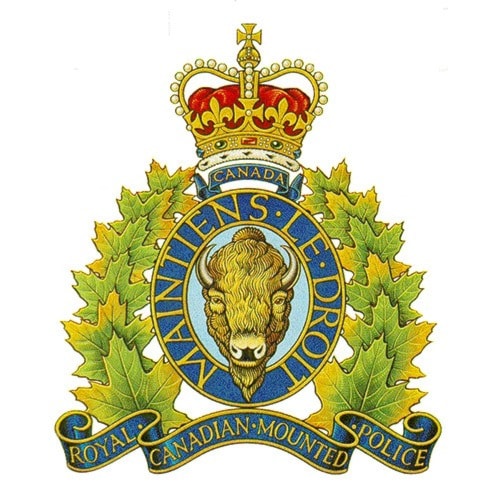The Kelowna RCMP wish to educate the public of the most common vehicle defects discovered by enforcement officers on the road.
As winter approaches in the Okanagan, enforcement officers with the RCMP Integrated Road Safety Unit (IRSU), RCMP Central Okanagan Traffic Services (COTS) and Kelowna RCMP Municipal Traffic Section will be paying closer attention to vehicle defects in effort to improve safety on our roadways.
The Kelowna Regional RCMP wish to educate the motoring public as they continue to see illegal vehicle modifications in the Central Okanagan. Police would like to see that the vehicles being operated on British Columbia roadways meet the safety standards of the Motor Vehicle Act and its Regulations.
Kelowna RCMP’s Top 6 vehicle defects observed on Kelowna roads today:
1. Vehicle suspension / lift kits: A common modification encountered by enforcement officers is the illegal raising or lowering of a vehicles suspension height by more than 10 cm (3.9 inches) from the original basic specification of the vehicle manufacturer. Section 25.21 of the Motor Vehicle Act Regulations (MVAR) states that the vehicle CAN NOT be driven, operated or parked on a highway in British Columbia, until it has been inspected by a certified inspector at a designated inspection facility to ensure that the modifications meet safety standards.
• Failing to do so could result in an enforcement officer issuing the driver or registered owner of the vehicle a Notice and Order, and either immediately remove the vehicle from the roadway or compel the individual to promptly take the vehicle to be inspected.
• The registered owner could face a $598 fine under Section 25.30(4) of the MVAR should they failing to comply with the Notice and Order.
2. Headlamps and headlamp height: Vehicle owners who are considering changing their vehicle headlamps to High Intensity Discharge (HID) lights should consult the vehicle lighting guide on the Commercial Vehicle Safety Enforcement website, or a designated inspection facility to ensure the lighting change is compliant with the Motor Vehicle Act.
• The driver or registered owner of the vehicle could face a fine of $109 under Section 4.05 of the MVAR for improper lamp location or inadequate headlamps (ie: displaying brilliant blue white instead of white light);
• The driver or registered owner of the vehicle could face a fine of $109. under Section 4.04 of the MVAR for having a shielded, covered or obscured lamp by dirt or other materials such as paint, film or plastic covers;
3. Mud flaps and mudguards: Enforcement officers often find vehicles with insufficient mud flaps which fail to control the amount of spray and splash from water and mud to the rear of the vehicle. Section 7.06 of the MVA REGS stipulate that mud flaps or fenders must cover the full width of the tire.
• The driver or registered owner of the vehicle could face a fine of $109.00 under Section 7.06 of the MVAR for failing to have mud flaps or sufficient mud flaps installed.
4. Tinted windows: Enforcement officers still encounter vehicles with illegally tinted windows. No material, which reduces the amount of light transmitted through a vehicles window, shall be affixed more than 75 mm below the top of the vehicles windshield, a side window that is not behind the driver, or the rear window if the vehicle is equipped with an outside rear view mirror.
• The driver or owner of the vehicle could face a fine of $109.00 under Section 7.05 (8) of the MVAR for illegal tint.
5. Windshield: Cracks, stone chips and even clouding in windshields can deem the vision of a driver impaired. Examples include a crack over 300 mm (12 inches) long in any part, more than two cracks over 150 mm (6 inches) long, a stone injury over 40 mm in diameter or any clouding on the driver’s side of the windshield.
• The driver or owner of the vehicle could face a fine of $109 under Section 219(1) of the MVA for defective motor vehicle for having a cracked windshield.
6. Licence Plates: It’s not difficult for enforcement officers to find front licence plates missing from vehicles, obstructed or not properly affixed to the vehicle. Cars and trucks in B.C. are required to have the two issued licence plates securely attached, one to the front and one to the rear. The MVAR also indicates that licence plates must be kept entirely unobstructed and free from dirt or foreign materials, so that the letters and numbers may be plainly seen and read at all times.
• The driver or owner of the vehicle could face a fine of $109.00 under Section 3.011(a) of the MVAR should the fail to display a front and/or rear licence plate.
• The driver or owner of the vehicle could face a fine of $230 under Section 3.03 of the MVAR should they display an illegible licence plate.
